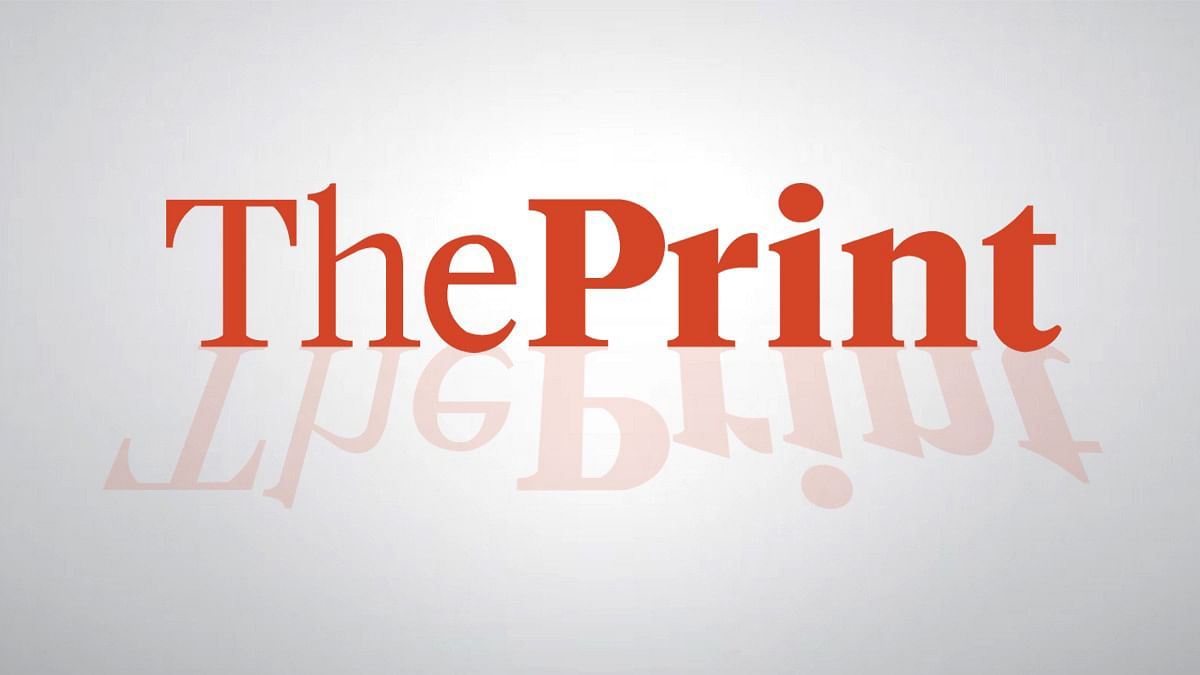By Ankur Banerjee
SINGAPORE (Reuters) -Asian stocks rose on Tuesday to their highest in more than two and half years, heartened by broad stimulus measures from China while expectations for more U.S. rate cuts kept risk sentiment aloft and the dollar under pressure.
In an eagerly awaited press conference, China’s top financial regulators unveiled a slate of measures, saying it would cut bank reserves by 50 basis points while reducing mortgage rates to try to spur sluggish economic growth.
“I think these are pretty bold moves from authorities,” said Kyle Rodda, senior financial market analyst at Capital.Com.
“It doesn’t qualify as ‘big bang’ stimulus. It’s mostly targeted at financial markets and supporting the banking system… Overall, for investors, it’s a very bullish thing.”
The moves sent Chinese stocks higher, with the blue-chip CSI300 Index rising 2.4%, while the Shanghai Composite index also gained 2.38%. Hong Kong’s Hang Seng Index jumped over 3.2% to a four month high.
That pushed MSCI’s broadest index of Asia-Pacific shares outside Japan 0.92% higher to 591.47, levels last seen in April 2022.
European stock markets also pointed to a stronger open, with Eurostoxx 50 futures and German DAX futures 0.5% higher, while FTSE futures was up 0.355.
Chinese stocks have been laggards in the region, with the CSI300 index down 4% in the year, having hit multi-year lows as piecemeal stimulus measures from authorities failed to galvanise its shaky economy and disappointed markets.
Vasu Menon, managing director of investment strategy at OCBC, said questions remain on whether the latest measures are the silver bullet that will change the tide for the Chinese economy and stock market.
“It will probably take more than just monetary policy to help the economy to get back on its feet and for the property slump to be effectively addressed. More and bolder easing measures could also be in store in the coming quarters.”
Japan’s Nikkei rose 0.8% and touched a near three-week high, while the yen was weaker at 144.11 per dollar.
The Bank of Japan kept interest rates steady on Friday, signalling it was in no rush to raise borrowing costs further.
In a speech at a meeting with business leaders in Osaka on Tuesday, BOJ Governor Kazuo Ueda said it was appropriate to raise rates if trend inflation heighten in line with its forecast.
Overnight, U.S. stocks closed modestly higher as traders continued to digest the Fed’s big move, with policymakers explaining the need for the 50 bp cut.
Meanwhile, the Reserve Bank of Australia held interest rates steady as expected and reiterated that policy needed to stay tight in contrast to the Federal Reserve which started its easing cycle with a 50-basis-point cut last week.
The Australian dollar rose 0.35% to $0.6862, touching its highest level in 2024 after the policy measures announced in China and the hawkish RBA comments.
Markets are currently evenly split on whether the U.S. central bank will go for another 50 bp cut or a 25 bp cut in November, CME Fedwatch tool showed. They are pricing in 76 bps of easing this year.
Brown Brothers Harriman Senior Markets Strategist Elias Haddad said the market is overestimating the Fed’s capacity to ease. “However, it will likely take strong U.S. jobs data to trigger a material upward reassessment in Fed funds rate expectations.”
The next non-farm payrolls report is due Oct. 4 and until then, Haddad said a more dovish Fed and a strong U.S. economy will support market sentiment and further undermine the dollar against growth-sensitive currencies.
The dollar index, which measures the U.S. currency against six rivals, was at 100.95, not far from the one-year low of 100.21 touched last week. . [FRX/]
The euro was steady at $1.1117, having dropped about 0.5% on Monday as business activity reports for the euro zone economy disappointed, raising expectations for more interest rate cuts by the European Central Bank this year.
In commodities, oil prices rose, with Brent crude futures up 0.92% at $74.58 a barrel, while U.S. crude futures climbed 1% to $71.14. Oil prices slid on Monday on demand worries as well as weak economic data from Europe.
Gold prices hit a record high of $2,637.79 as escalating tensions in the Middle East drew safe-haven flows. [GOL/]
(Editing by Sam Holmes and Shri Navaratnam)
Disclaimer: This report is auto generated from the Reuters news service. ThePrint holds no responsibilty for its content.

